Buyer’s guide to fireplaces
Historically speaking, the conventional fireplace can be traced back to the Normans when a fire was built against the side of a room under a hood made from stone, and later of wood or plaster. However, by the 16th century the stone fireplace, as we know it today, complete with chimney, surround and hearth, was well established, and open fires continued as the primary heating source throughout the next three centuries.
Wood was the predominant fuel up until the 18th century, but with the onset of the industrial revolution, coal became the order of the day, and the cast iron fireplace became a staple of the 19th century home. The introduction of cast iron also saw the emergence of the continental stove, although during the early 20th century it was mainly used for commercial purposes, and did not gain domestic popularity until the late 1970s. The 20th century desire for hassle-free fires also saw the demand for gas fires grow, and today it remains the most popular fuel choice.
However, it was the introduction of natural gas and, in turn, affordable central heating during the late 1950s that signalled the end of the fireplace as the home’s main source of heating. Redundant chimney breasts now housed back boilers set behind gas fire facades, while in the rural home, solid fuel stoves also incorporated integral boilers. In the 21st century the back boiler has been replaced by more energy-efficient heating systems (although the eco-friendly boiler stove remains).
Although few of us would be happy giving up the luxury and convenience of modern central heating in return for the fire, there is no denying that it is hard to beat the aesthetic appeal of a flickering flame, and today the fireplace remains as popular as ever.
Buying a fireplace
There is fireplace to suit every style of home. For the renovator, restoring existing pieces will always add more value than salvage or replica items, but renovators and self builders alike can take their pick of a vast array reclaimed, reproduction and modern pieces. There is no doubt that reclaimed items add an authentic touch, but do check that all parts are present and that grates or stoves are not cracked or distorted.
When buying reproduction and modern designs, bear in mind that it always pays to invest, so look to good quality detailing and materials. In terms of investment, restored cast iron fireplaces start at around £350, original slate, stone or marble, around £1,000 and Georgian £2,000, but costs can soon rocket for rarer pieces. When it comes to reproduction, prices are slightly cheaper with cast iron starting at around £300 and basic stone surrounds in the high hundreds.
Simple modern surrounds start at around £200, but as with reproduction, the better the quality, materials and design the higher the price, which can run into thousands, especially for bespoke pieces. Whatever your choice, the basic anatomy of the conventional fireplace remains unchanged.
Elements of the fireplace
The actual structure consists of a stone or brick enclosure that runs through the entire height of the house and through the roof to form the chimney. A flue then allows smoke to pass through this enclosure, while a lintel supports the masonry above the fireplace opening. A noncombustible hearth is placed in front of the opening to protect the floor and a back hearth fitted within the opening on which stands the grate or stove. The opening is then finished with a surround, and it is this, along with the grate or stove, that the majority of us will focus our attention on.
Stylish surrounds
When choosing a surround, the most important consideration is whether it will be in keeping with its setting and the proportions of the room. Obviously for those working with an existing home, size will be dictated by the width of the chimney breast, but you should also consider the height of your room and how far the surround and hearth will protrude into the room.
In terms of styling consider the age of your home, and although there is no need to stick rigidly to period, a fireplace should be sympathetic to its surroundings. Let’s face it, an imposing Georgian surround will simply look out of place in a modern kit home. Traditional surrounds are made from wood, stone and metal, although faux composites are readily available, and all eras contain the simple and ornate. Again, take your cue from your home and remember that, as a general rule the more elaborate the room, the more elaborate the fireplace.
Wood, stone and manmade materials are often favoured when it comes to contemporary designs, with sleek simple lines sitting alongside the latest hole in the wall or suspended designs, while modern bespoke pieces also offer a range of sculptural and innovative alternatives.
Grates and stoves
Anyone wanting an open fire will require a grate. These range from a simple pair of dogs or freestanding basket which simply hold logs, to an inset grate that fills the entire fireplace opening and can be used to burn wood and solid fuels. When choosing your grate, bear in mind that wood likes to burn on a bed of ash, while coke, coal and smokeless fuels prefer to be held clear of the ash.
For those who find an open fire rather messy, the stove provides a cleaner option. Fashioned from cast iron or steel, it also has the advantage of being more economical as the enclosed freestanding design radiates more heat into a room, while burn and heat output can also be regulated. To estimate the heat output needed, measure the capacity of your room in cubic metres (height x width x length) and divide by fourteen to achieve the kilowatts (kw) required. Again, bear in mind that wood burners cannot be used with other fuels, while stoves with adjustable grates can be used for both wood and coal.
Installing a fireplace
Simply changing the surround on a working fireplace is a fairly straightforward task for the competent DIYer. However, for many a renovator missing fireplaces and blocked off chimneys are a fact of life. Alterations to fires and fireplaces are classified as building work, and so are subject to Building Regulations, so always contact your local authority prior to works.
Before fitting a fire, or re-opening an existing piece, it is vital you have the chimney checked to ensure it is in good repair, free from blockages and that the flue meets current regulations, having a minimum diameter of 180mm for open fires and 150mm for stoves. Many older chimneys were built without flue liners and therefore risk leakage, so even if you are simply replacing a surround it is still prudent to carry out checks and have a liner fitted where necessary. Inspections should be carried out by a NACS (National Association of Chimney Sweeps) registered sweep. They can open up your bricked or blocked chimney, carry out smoke tests, identify problems and check the hearth to ensure no heat will spread through the floor. A full survey and test will set you back less than £200.
Fitting a new fireplace from scratch is a highly specialised job and can cost anything from a few hundred pounds to around three thousand, depending on the design and complexity of the job. This is definitely one for the professionals and opting to have your new fire or stove installed by a HETAS registered engineer will ensure peace of mind.
For the self-builder, building a chimney (or indeed adding a chimney to the inside or outside of an existing property) can prove fairly economical, however strict Building Regulations again apply. All materials used must, of course, be non-combustible, whilst the chimney itself should be at least 4.5m in height to ensure the fire draws properly. The minimum wall thickness is 100-200mm, whilst the fireplace recess itself should be at least 350mm deep (ideally 500mm for open fires).
Flues again must conform to the correct measurements and within a chimney usually consist of metal, terracotta or pumice liners, which are classed according to their fuel suitability. Class 1, being suitable for solid fuel and wood burning stoves, open fires, oil or gas burning appliances. Modern double-skin steel flue pipes, which do not require a chimney, are also available. Finally the hearth should consist of a concrete or masonry base at last 125mm deep, and a decorative hearth at least 12mm thick. Once your fire is up and running, the chimney should be swept annually and a fireguard used with any open fire and stove, for added safety.
Fuel for thought
For those wishing to burn wood or solid fuel, you will need to check which fuels are permitted to be burnt in your area by logging on to www.uksmokecontrolareas.co.uk or talking to your local council. There is no denying that the greenest fuel is wood as not only is it carbon neutral, but also a renewable source. However, if you live in a smoke free zone, you will need to opt for smokeless alternatives or consider a stove that uses a system of secondary combustion and is therefore classed as an exempt appliance.
In fact, for those looking for a greener life, a stove could be the way forward. Increasingly clean and energy efficient thanks to Clean Burn technology, which involves a more thorough and therefore cleaner burning of fuel, many of today’s stoves have a 90 per cent efficiency (as opposed to an open fire at around 20 per cent), resulting in both a warmer room and healthier environment. Solid fuel stoves are also available with in-built boilers capable of heating both water and radiators, which can also prove a cheaper and greener option for heating your home.
Faking it
Of course, not everyone dreams of a real fire, or even has or wants a working chimney. If it’s the look you want, there are now a growing number of alternatives. Flame-effect fires and stoves burn almost as radiantly as the real thing, with stoves offering a 75-100 per cent heating efficiency and the best open fires (convectors which spreads heat more evenly throughout the room) around 50 per cent.
Models may require a conventional flue; fanned or balanced flue. The latter two are ideal for those without a working chimney as they use a pipe and fan or convection system to carry fumes and burnt gases out through an external wall.
Designs with catalytic converters operate without any form of flue, as a converter scrubs the gases and fumes clean, releasing only carbon dioxide and water vapour into the room.
Whatever your choice, all gas appliances must be fitted by a CORGI registered installer. Electric fires and stoves, on the other hand can simply be plugged into any 13 amp socket and require no ventilation. Output tends to be a little lower than gas, although they are often cheaper to run and surprisingly energy efficient. Alternatively, smoke and fume free gel fires use an alcohol based fire gel, which can be contained within a fireplace, bowl or box, and results in an instant fire with a surprisingly high heat output, with some manufactures claiming anything from a 2-3kw output.
Main image: Alma bio-ethanol fireplace from La Hacienda
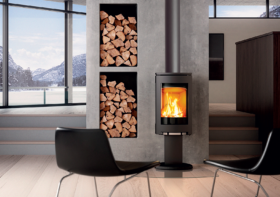
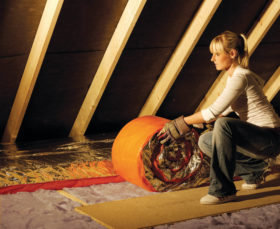






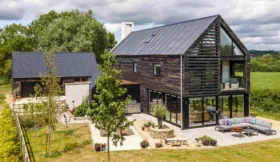













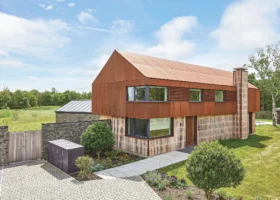
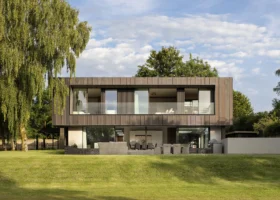






































































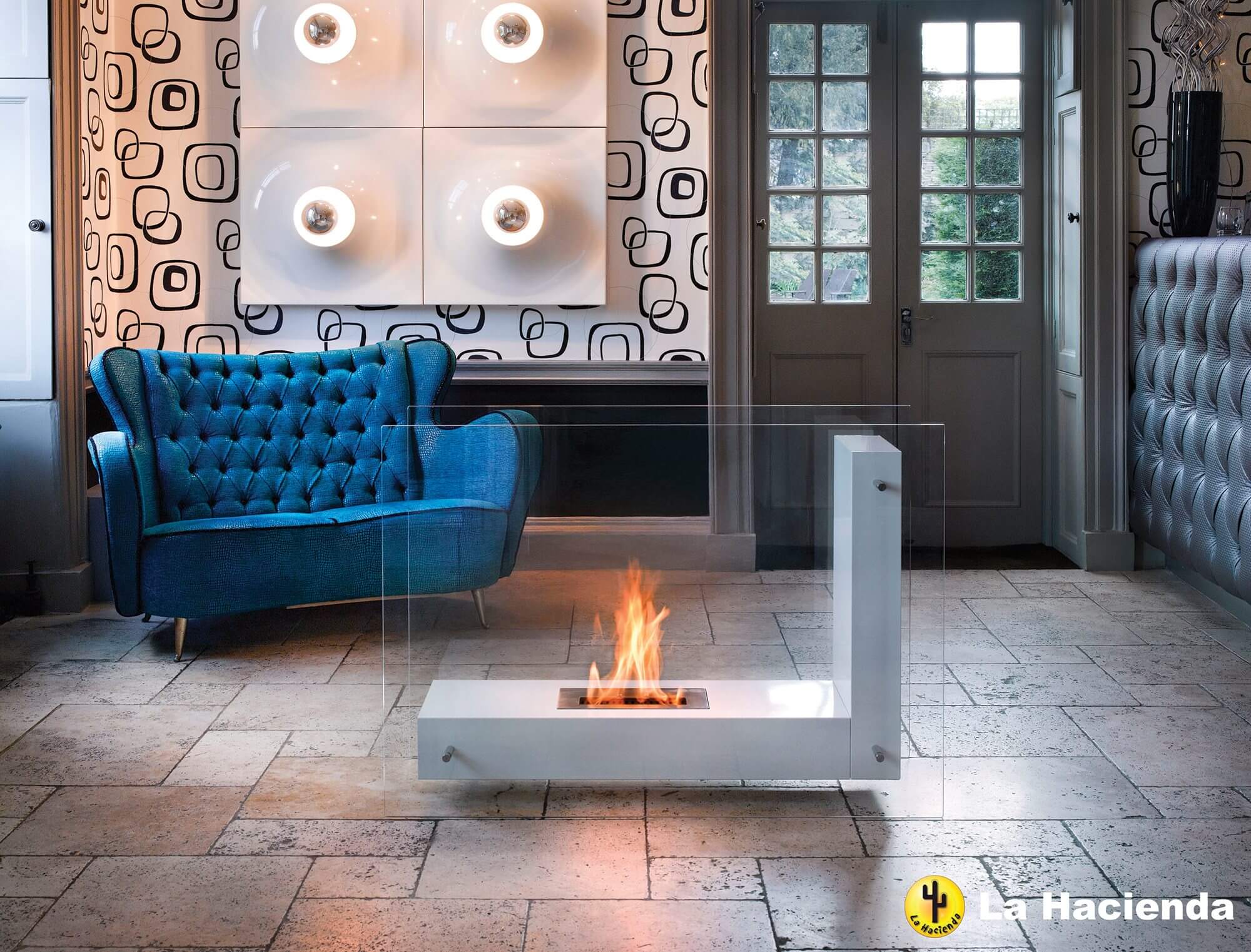
 Login/register to save Article for later
Login/register to save Article for later
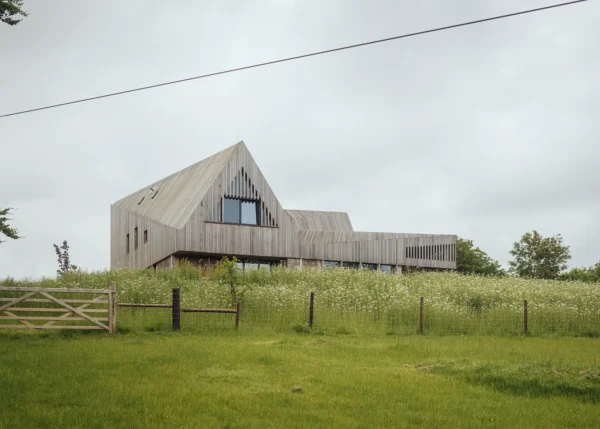
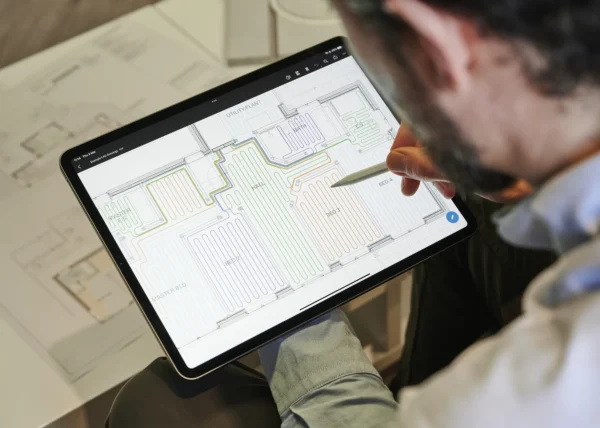
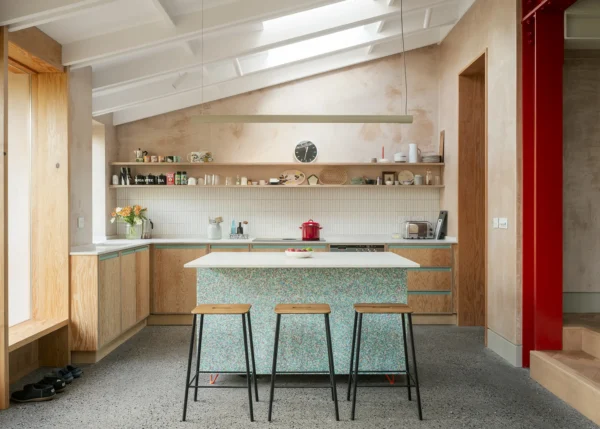

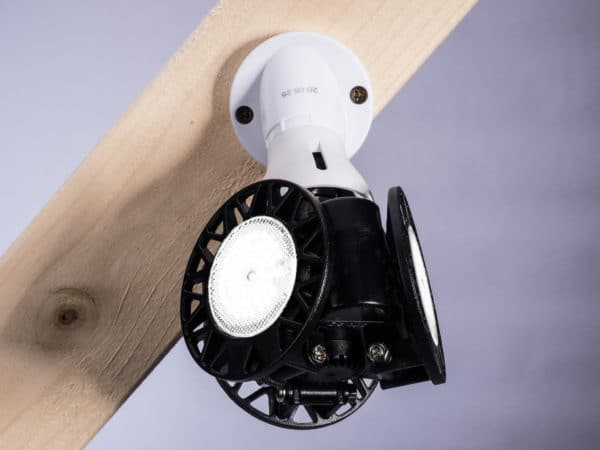
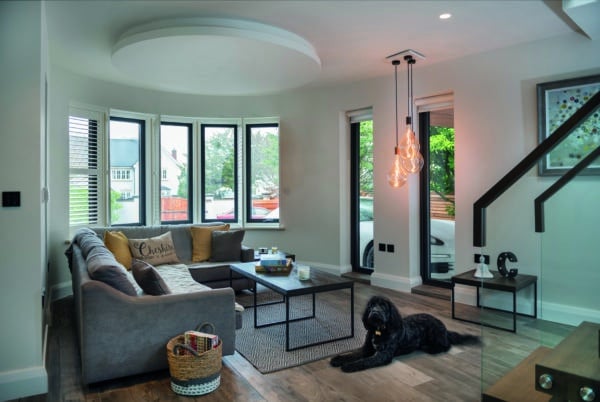
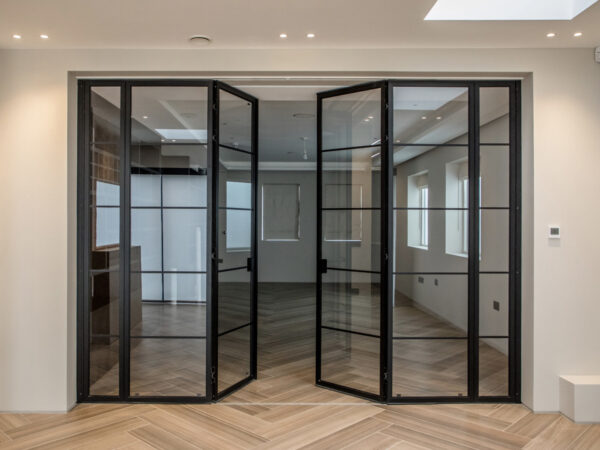





Comments are closed.